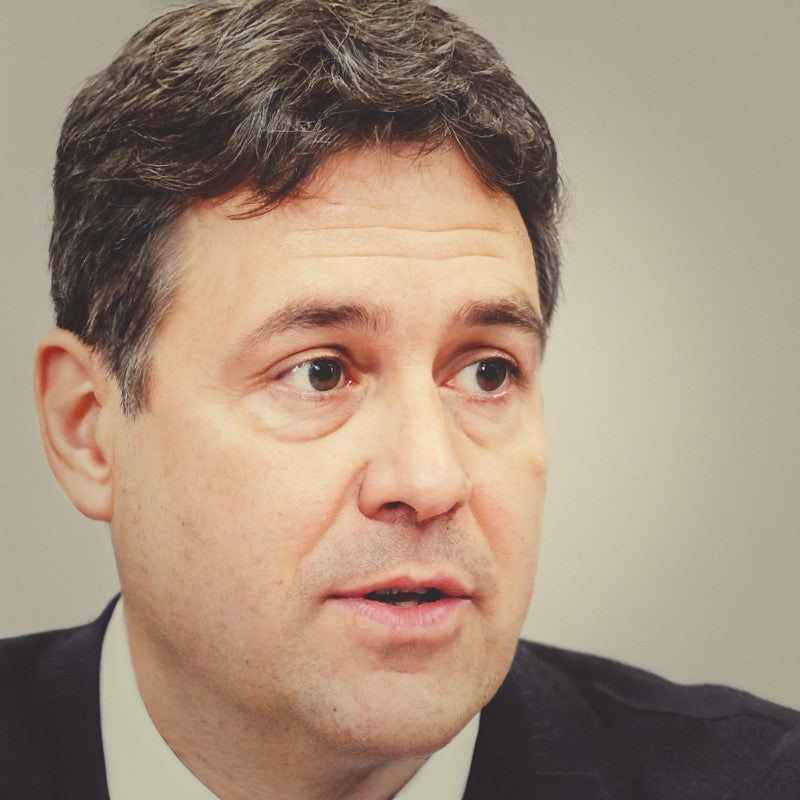Welcome to this post, where we’ll help you ace your Civil Service interview for the Executive Officer (EO) role by focusing on the behaviour Seeing the Big Picture. Whether you're preparing for an upcoming interview or simply exploring the Civil Service Behaviours framework, this guide will break down exactly what you need to know to excel.
In this post, we’ll walk you through what Seeing the Big Picture means for an EO, how it differs from other levels, and how to answer interview questions using the B-STAR method. Let’s dive in!
What is Seeing the Big Picture?
Seeing the Big Picture is all about understanding how your role fits into the broader objectives of the organisation. At the EO level, this means knowing how your tasks and responsibilities align with the overall goals of your department and how external factors influence your work. You’re expected to consider the wider context when making decisions, even though you might not have direct responsibility for strategic planning.
At the Executive Officer level, this behaviour is less about shaping the bigger picture and more about recognising and adapting to it. Higher levels, such as Grade 7 or 6, will be more involved in creating strategy, while EO-level officers need to focus on understanding and implementing it.
Answering Using the B-STAR Method
The B-STAR method is a powerful way to structure your answers. This method ensures you cover all aspects of the question in a way that makes it easy for the interviewer to see your thinking and skills in action.
B – Belief
Start by explaining your belief or mindset regarding the situation. How do you view the bigger picture? What does understanding the context mean to you?
S – Situation
Describe the situation you were in. This should be a specific example where you had to consider the wider context of a project or task.
T – Task
What was your task? Explain your role and responsibilities within the situation. Be clear about what needed to be achieved.
A – Action
Describe the actions you took. Focus on how you considered external factors, organisational goals, or broader priorities in your decision-making.
R – Result
What was the outcome? Demonstrate how considering the bigger picture led to positive results. Make sure to quantify the impact if possible!
Common Interview Questions for Seeing the Big Picture
🤔 Can you give an example of when you considered the wider implications of your work?
🤔 How do you ensure your work aligns with your department’s objectives?
🤔 Tell me about a time when an external factor impacted your project. How did you adapt?
🤔 How do you keep up with changes in the wider business or political environment?
🤔 Click this link to see more example questions...
What is the Interviewer Looking for?
The interviewer wants to see that you can recognise how your day-to-day work fits into the broader context of the organisation. Let’s break it down:
Understanding the Wider Context
For questions like "Can you give an example of when you considered the wider implications of your work?" they want to see that you understand your role is part of a bigger machine. You should demonstrate awareness of the organisation's goals and external factors (e.g., government policies, economic factors).
Alignment with Objectives
When asked, "How do you ensure your work aligns with your department’s objectives?", they are looking for evidence that you actively consider your work’s impact on team and department goals. It’s important to show you’re not just doing tasks for the sake of it—you are purposefully contributing to something larger.
Adapting to External Changes
For questions such as "Tell me about a time when an external factor impacted your project," they want to see how you respond to change. Whether it’s a new policy or a shift in the political landscape, they need to know you can adjust your approach to meet new challenges.
Staying Informed
When they ask "How do you keep up with changes in the wider business or political environment?", they are testing your proactivity. They want to see that you stay on top of relevant information, such as changes in government priorities or industry trends.
Scenario Ideas
🚀 You’re assigned a project that needs to align with a new government initiative. You had to adapt your project plan to meet changing priorities.
🚀 A budget cut impacts your department, and you had to rethink your approach to delivering services without compromising quality.
🚀 The introduction of a new policy required your team to adjust their processes. You recognised the need for a change and contributed to developing the updated procedures.
Common Mistakes to Avoid
🚫 Not linking your actions to the bigger picture – Make sure your answers show you considered the wider implications of your work. Don't focus solely on the task at hand.
🚫 Using vague examples – Be specific! General answers don't demonstrate that you really understand how to apply the Seeing the Big Picture behaviour.
🚫 Ignoring external factors – Even if your example is strong, forgetting to mention external factors like government policies, economic changes, or stakeholder needs can weaken your answer.
🚫 Failing to explain the result – Always tie your actions to the final outcome and explain how considering the bigger picture improved the result.
Key Takeaways
Seeing the Big Picture is vital for an EO role in the Civil Service. It demonstrates that you can understand and adapt to the broader goals of your department. By considering external factors, aligning your work with organisational priorities, and staying informed, you’ll show the interviewer that you can effectively contribute to the bigger picture.
Best of luck with your interview! 🌟


